The U.S.-backed YPG, the Syrian wing of the PKK terrorist group that has killed thousands in Türkiye since the 1980s, remains a security challenge for the war-torn country even after the fall of the Assad regime. Occupying two-thirds of Türkiye’s southern neighbor, the YPG extended its reach to neighborhoods of Aleppo, which was recaptured from the Baathist regime by anti-regime forces last year.
The Sheikh Maqsood and Ashrafiyah neighborhoods are among the areas occupied by the terrorist group. The YPG has dominated a border area stretching for about 300 kilometers (186 miles) near Türkiye, as well as Raqqa and Hassakeh, two provinces with a high Arab population, and parts of Deir el-Zour.
The YPG’s attacks across Aleppo heavily damaged several roads and key junctions, while civilians still steer clear of neighborhoods out of fear of being targeted. For those unaware of the YPG’s control, authorities have erected signs on the streets leading to two neighborhoods. The signs warn people that the roads lead to areas controlled by the “QSD,” using an Arabic acronym for the SDF, the name the YPG adopted to give itself an air of legitimacy. The terrorist group also runs checkpoints inside the neighborhoods adorned with so-called “flags” of terrorists.
Halifah Jabbar who lives in a quarter near Sheikh Maqsood says they are only allowed into the neighborhood in certain hours due to a ban. Jabbar said people who entered the neighborhood by mistake faced sniper fire, while vehicles entering without permission of the YPG came under fire.
“We hope we will go back to old, safe days. Kurds and Arabs should unite. We hope a deal can be reached,” Jabbar told Anadolu Agency (AA).
The YPG set up a so-called autonomous entity for Syria’s Kurds in the northwest and stands accused of driving out Arab natives in places it occupied. The new administration of Syria, which was behind the ouster of the Baathist regime, recently negotiated the status of the group in a new era, though talks did not achieve much. The YPG rejects integration into the new army of the country and insists on remaining a separate armed group even if it joins the army.
Muhammad Najjar, an Aleppo resident, says the YPG openly targeted civilians during the first days of post-Assad Syria. “I warn anyone unaware of the situation not to go into those neighborhoods. Local administration put up signs but these are not enough. People can walk or drive into there by mistake,” Najjar said, calling for more measures.
“There can be checkpoints (manned by forces of the new administration) or barriers can be installed. So, we can prevent deaths and abductions,” claiming that the YPG took civilians hostages who stepped into neighborhoods without its permission.
The YPG’s attacks since the fall of the Assad regime have been particularly deadly in Manbij, which was captured by the Syrian National Army (SNA) from the group. Seven attacks since late December to this day killed 28 civilians and injured 45 others.
The Syrian Network for Human Rights (SNHR), a U.K.-based monitoring group, says the YPG was behind the killings of at least 65 civilians in the past two months in Aleppo by sniper fire.
Last Friday, locals staged a demonstration in Aleppo to urge interim President Ahmed al-Sharaa to initiate an operation against YPG terrorists.
Demonstrators held placards with slogans, including “Assad and the SDF have similar names in terms of crime and pronunciation,” “If our state does not meet our demands, we will take individual actions and intervene in Sheikh Maqsood,” “The SDF and Assad are two sides of the same coin,” “Delayed justice creates new criminals,” as well as “The existence of the SDF means division and instability for Syria.”
Since the fall of the Assad regime, the YPG has attempted to exploit regional instability to create a “terror corridor” along the border with Türkiye. The SNA’s operations thwarted this attempt, though the situation remains tense near Tishrin Dam. The dam is a strategic area in northern Syria, one of the last strongholds of the YPG after the SNA gained control of Manbij and Tal Rifaat.
The YPG has occupied swathes of northeastern Syria since 2015 with the help of the U.S., which calls it a “crucial” ally in the anti-Daesh campaign.
Uncertainty has loomed over the terrorist group’s future in Syria since the fall of the Assad regime and the country’s new rulers promised to gather all armed groups into an official state army to prevent a resurgence of unrest and ensure sovereignty for an inclusive government.
Türkiye, which has backed the Syrian opposition and mounted a string of cross-border offensives into the country between 2016 and 2019, has repeatedly said it was time for the YPG to disband. YPG leader Ferhat Abdi Şahin, code-named “Mazloum Kobani,” however, has indicated they had no intention of dissolving.
Foreign Minister Hakan Fidan said last month that Syria’s new authorities “should be given an opportunity to … end the occupation and terror the YPG created,” but he did not say how long Ankara would wait for it to disarm before launching an incursion.
According to a senior U.S. diplomat speaking to Reuters, U.S. and Turkish officials have been holding “very intensive” discussions since the collapse of the Assad regime on the YPG’s future. The two countries share a “common view of where things should end up,” including a belief that all foreign fighters should exit Syrian territory, the diplomat said, noting Turkish negotiators “have a very high sense of urgency” to settle things.


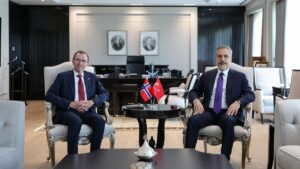
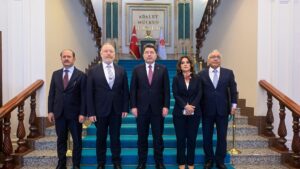

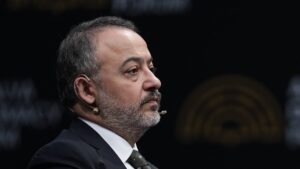


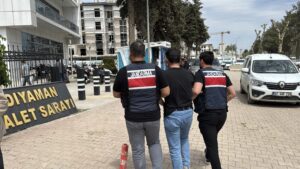


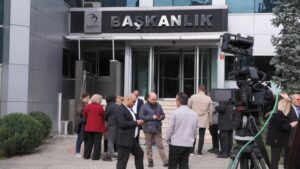
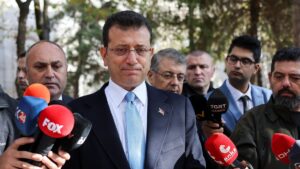
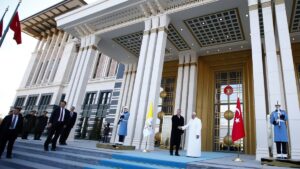
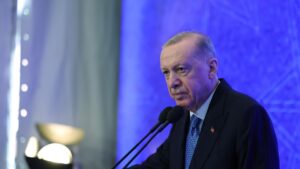
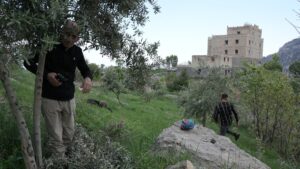
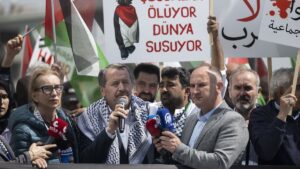

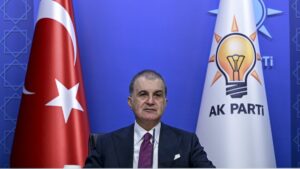
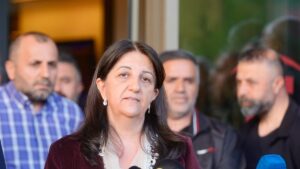

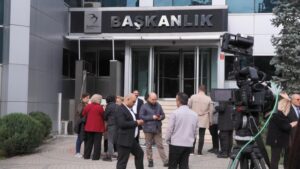
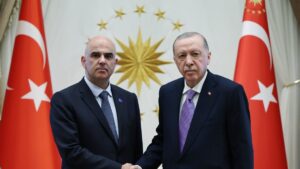

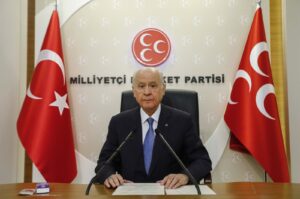

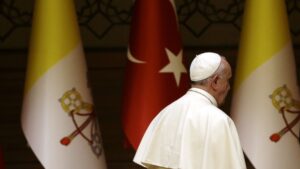
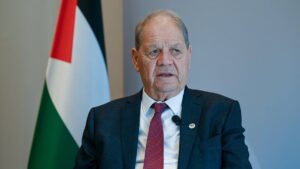

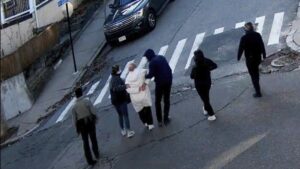
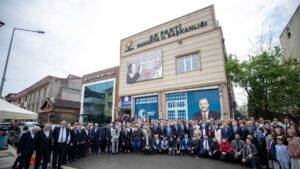

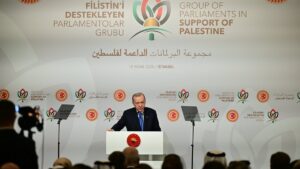
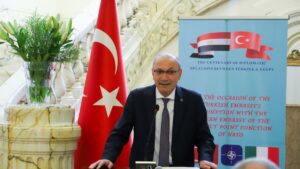
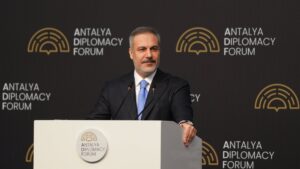

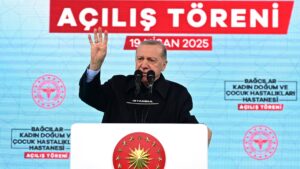
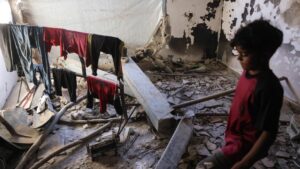
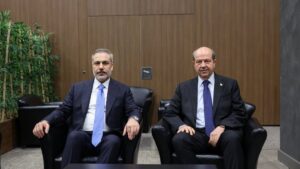



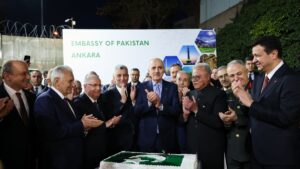
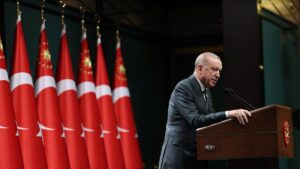

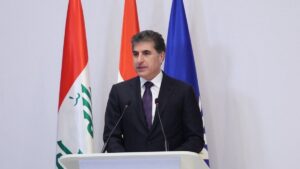
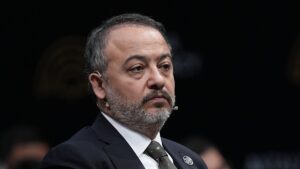
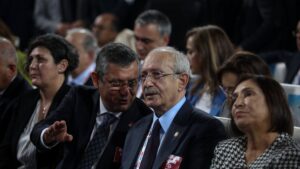

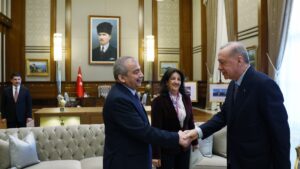

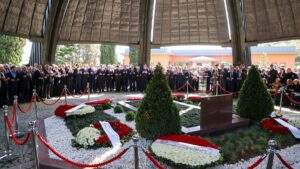
Be First to Comment